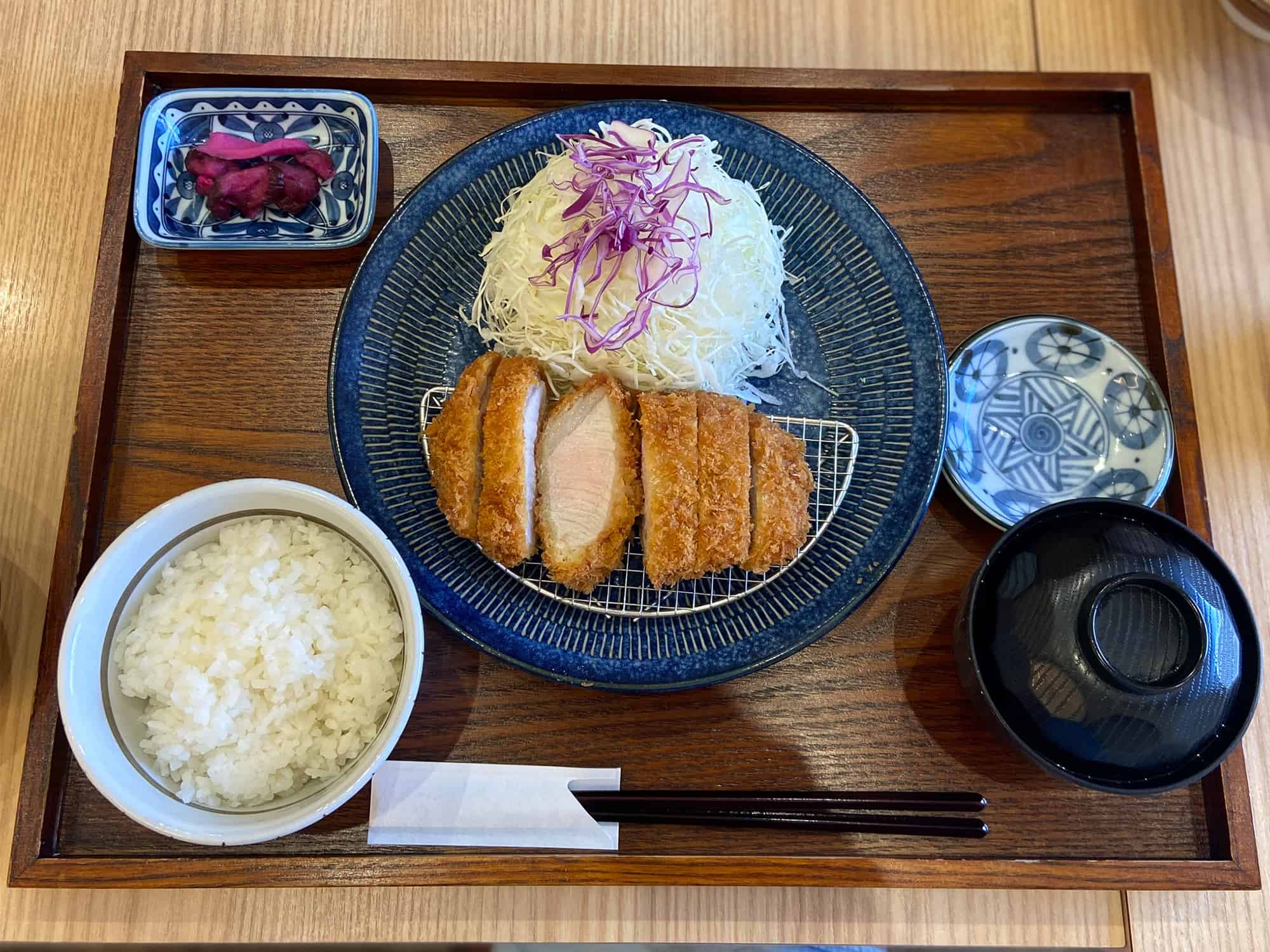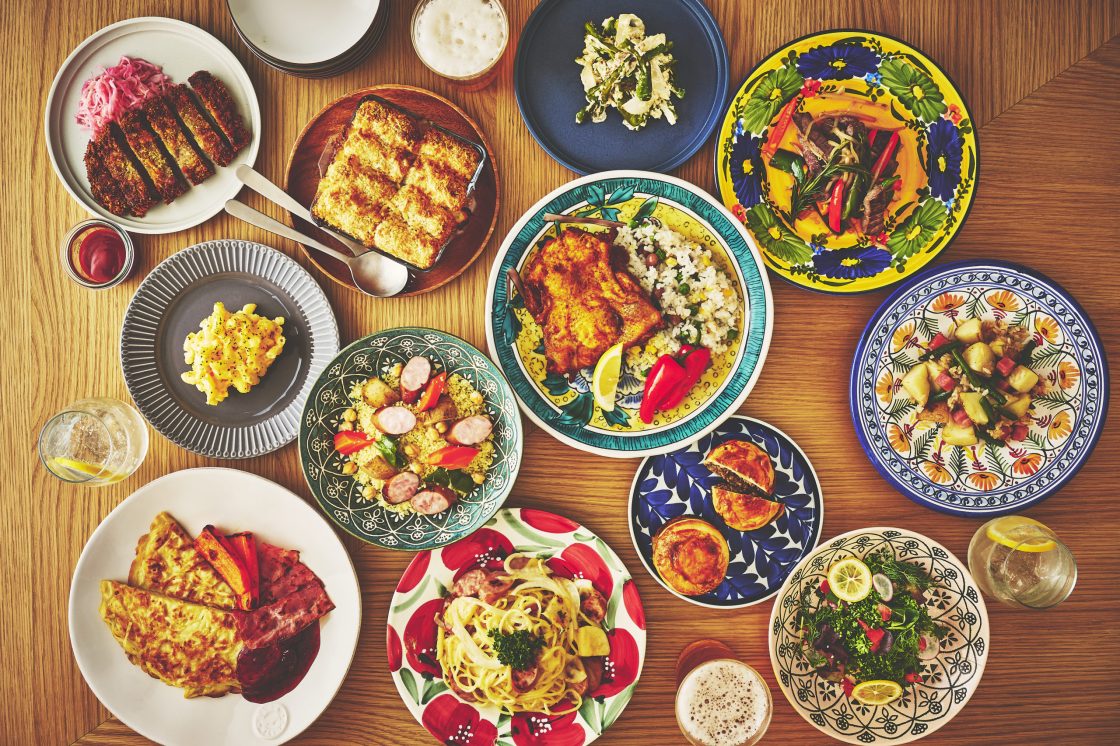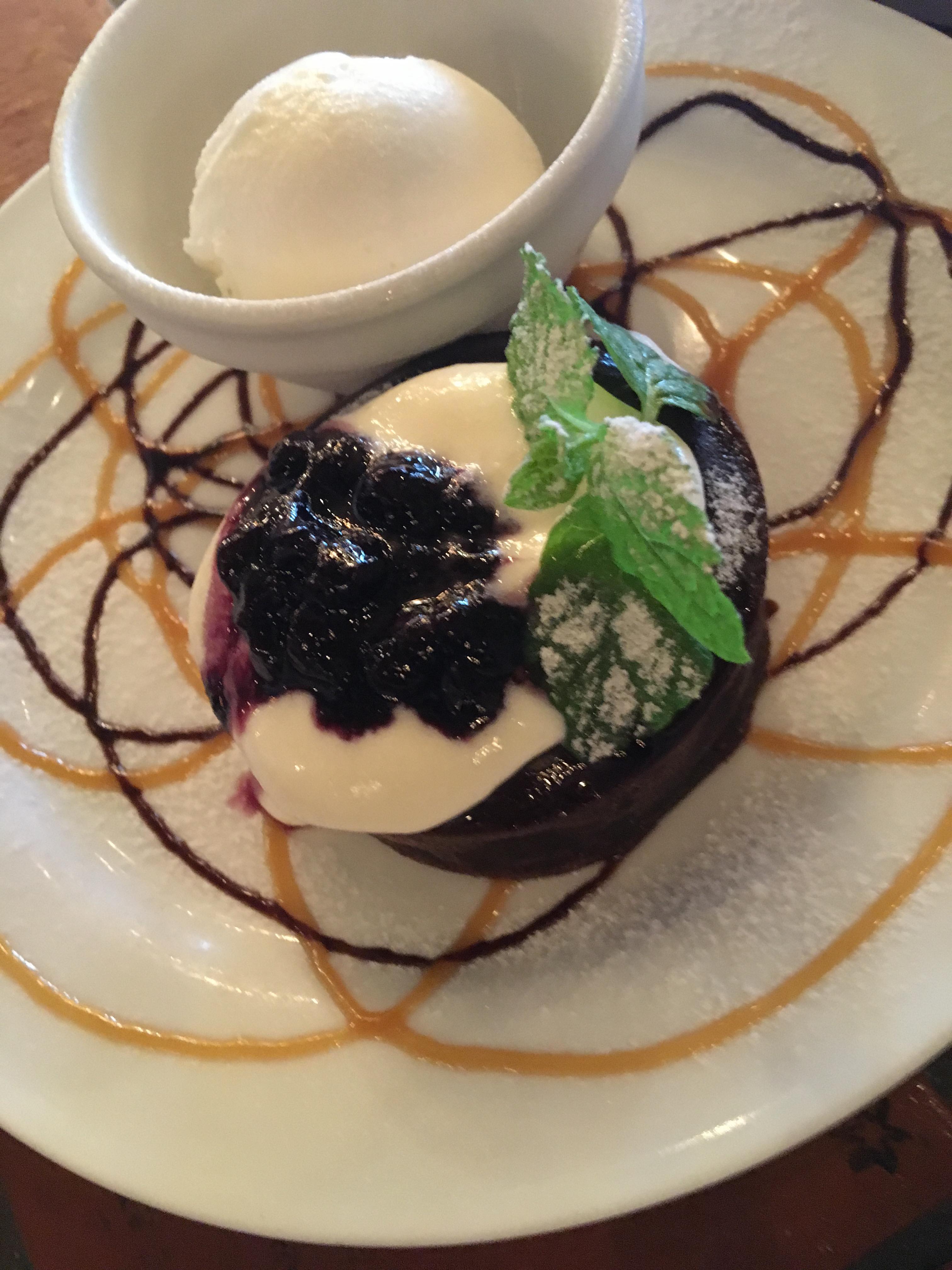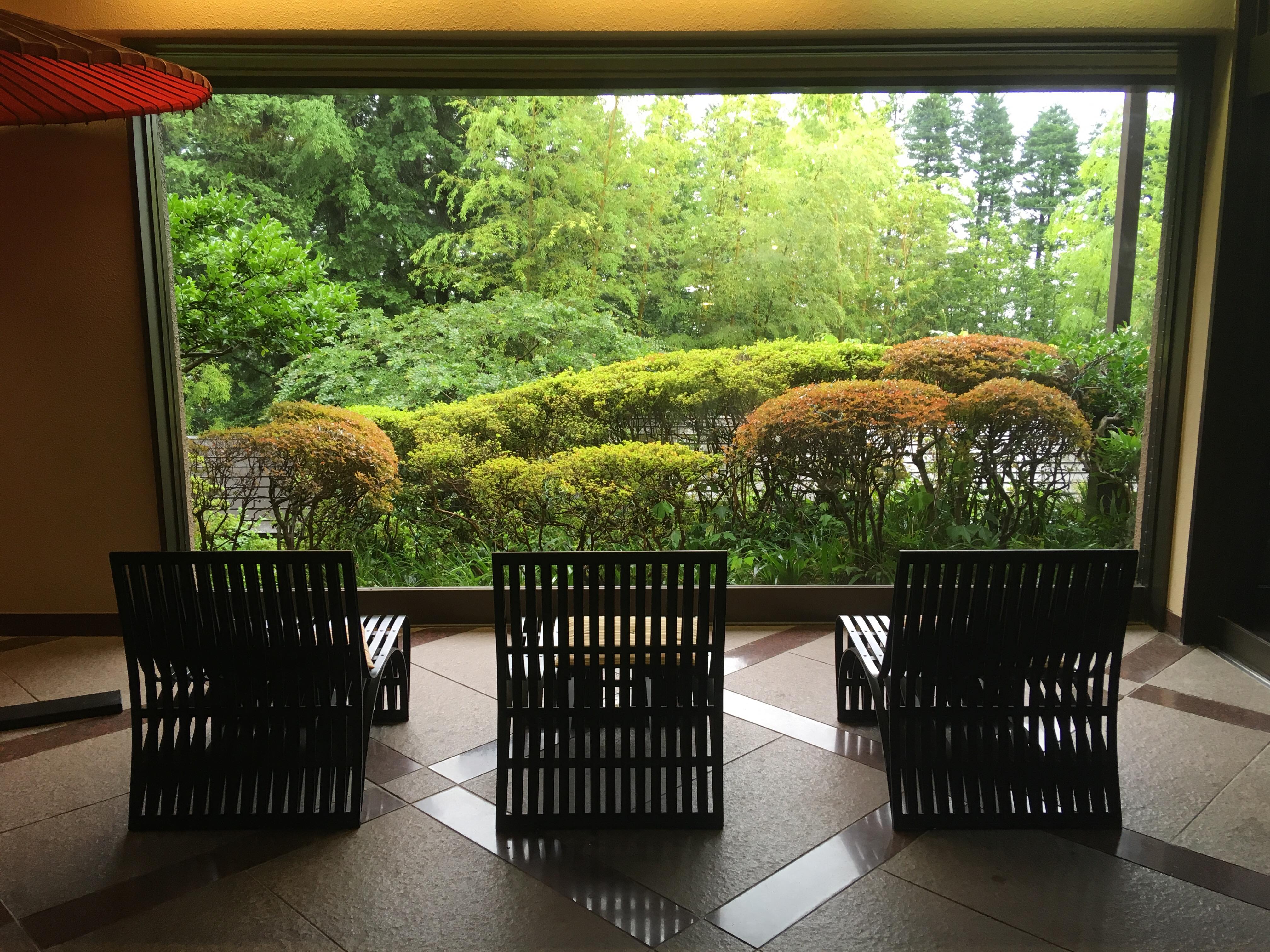Have you heard of the lucky New Years Food – Osechi? As we are getting closer to the end of the year, glamorously boxed meals are starting to appear. And you may wonder, what are they?
These boxes are what we call Osechi, especially served for New year, they contain a variety of lucky foods. They are often served in restaurants, but also made at home. And there are certain dishes that hold very special meanings. Although recently also more modern Osechi meals have appeared, including western dishes or fusion type foods. These are often catered to a more foreign audience.
A little History about Osechi
Although these days New Year’s Eve has become the main event, in Japan, New Year’s day still holds many traditions, such as visiting a shrine for “Hatsumode” and eating Osechi. With the later bringing good fortune for the rest of the year.
There used to be a superstition in the past, that said using the kitchen and cook for the first 3 days of the new year, would be bad luck. Because “Toshigami” (a deity) would stay over. And this is how the tradition started, with many families preparing these sumptuous meals a few days in advance…
Of course, most people don’t believe this anymore, nevertheless, the practice stayed and we are grateful, as it really is such a nice tradition. And we also do love these luxury bento boxes!

How about the lucky foods?
Now let’s have at a look at these lucky foods we talked about! Some are more obvious than others, but sure all are delicious ????
Kinton
This paste made out of chestnuts is called “kinton”, with “kin” meaning gold in Japanese the name itself becoming the “golden dumpling”. It symbolizes valuables, of course gold, and is to wish for good finances in the coming year.
Konbu
The Japanese word for joy “yorokobu” is associated with this lucky food. Which is a type of kelp.
Kamaboko
Kamaboko fish cakes usually come in red and white, with the red in them being said to ward off evil spirits.
Ebi
Eating Ebi or in English Shrimp, is symbolic of longevity. And this seems to come from the shape it takes once it’s cooked. All curled up like an older person, it stands for living up to an old age.

Tazukuri
Tazukuri, or sardines used to be used as fertilizers in the past for rice fields. Which is why they have become a symbol of a good harvest.
Kuromame
These beans stand for diligence and strength, as one meaning for the Japanese word “mame” means diligent, as well as the more widely known “bean”.
Kazunoko
Herring roe is definitely one of the easier ones to understand. With its tiny eggs (as we imagine) representing fertility.
The end, wait…
These are just but a few of the foods to be said lucky inside a traditional Osechi. And maybe the most commonly featured in most of them. So if you get a chance to eat one, have a look at how many you can find and what else you may discover!
If you are lucky enough to be in Japan, we recommend you check out one of the many Supermarkets or department stores, we love to just look at these small boxes of wonder…
And of course, there is always delivery, where would the world be without Amazone? Make sure you have a look at the amazing Osechi Boxes they have for you!





